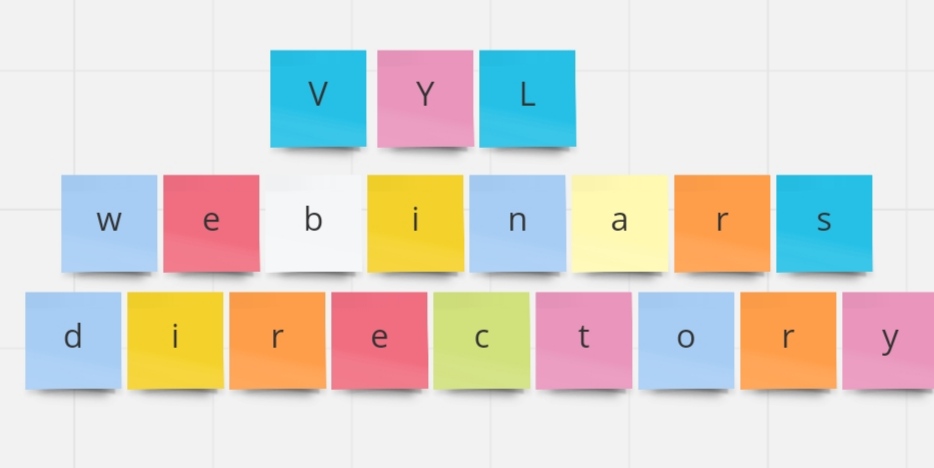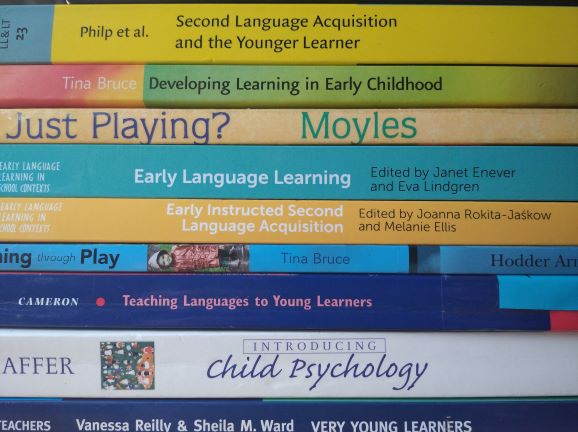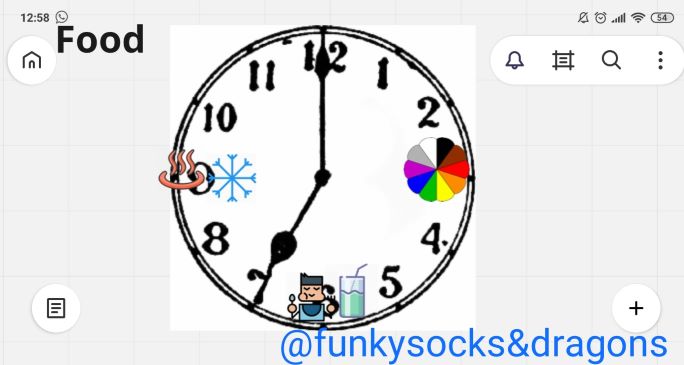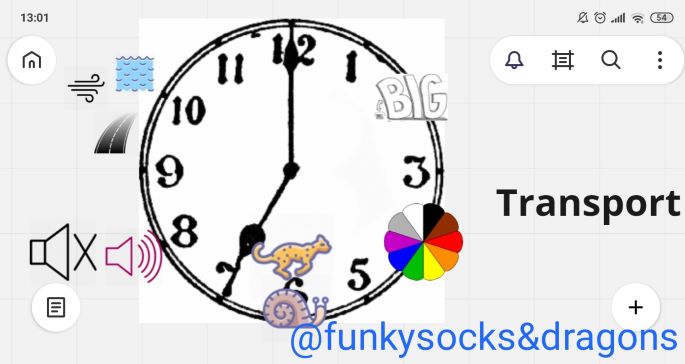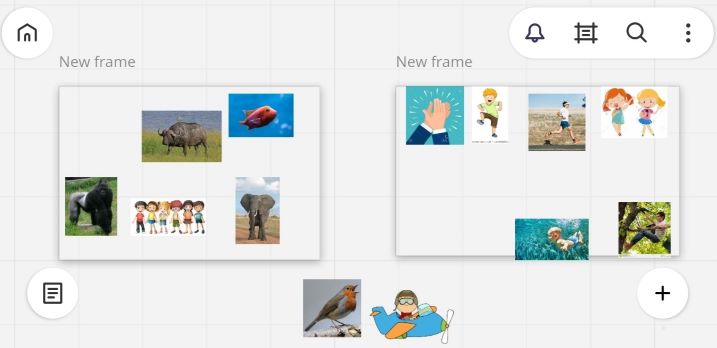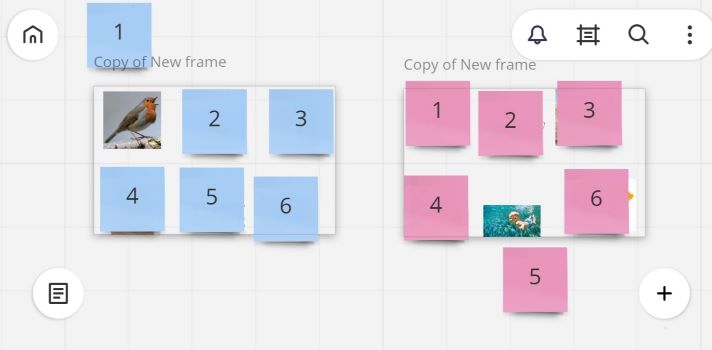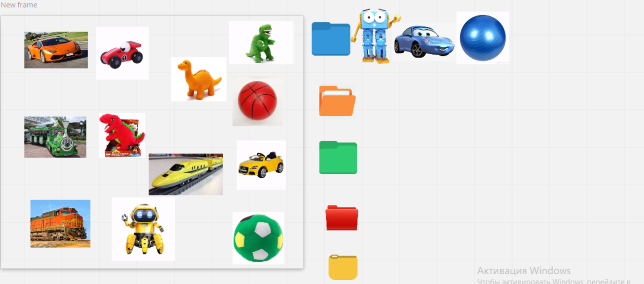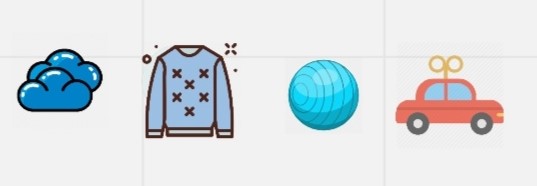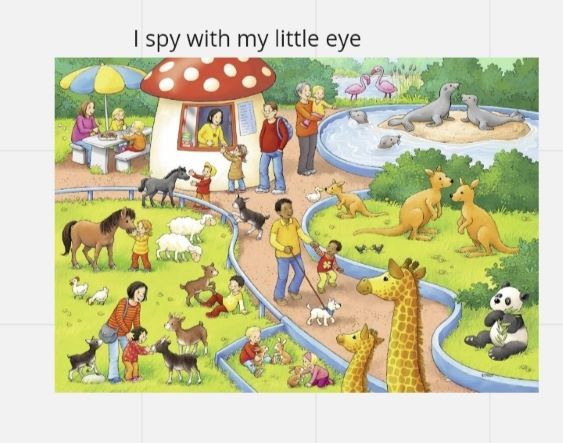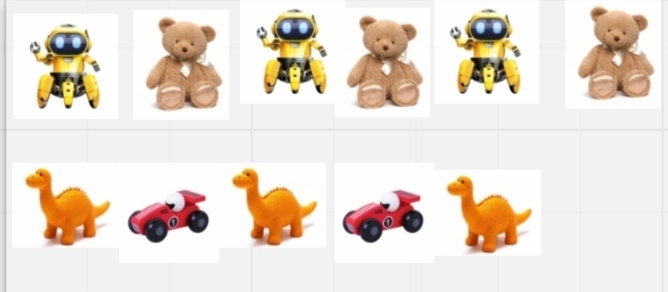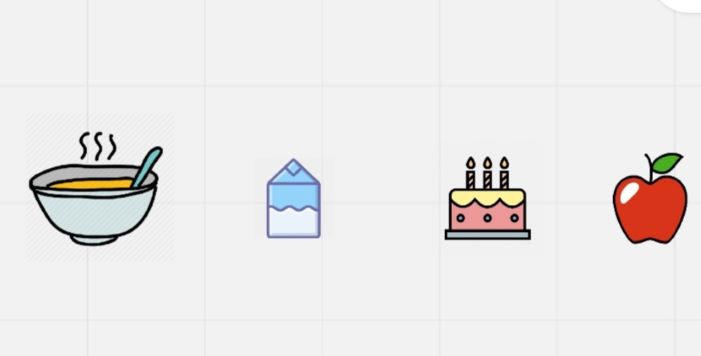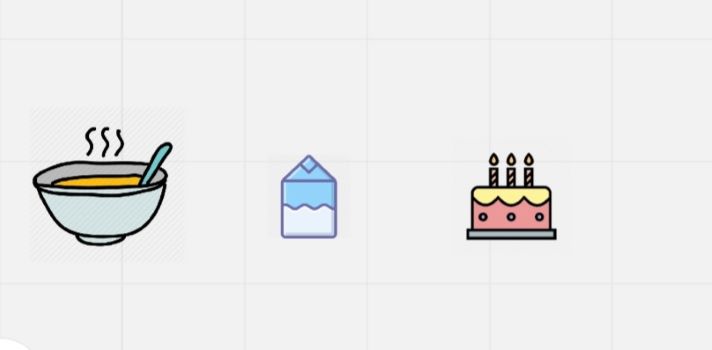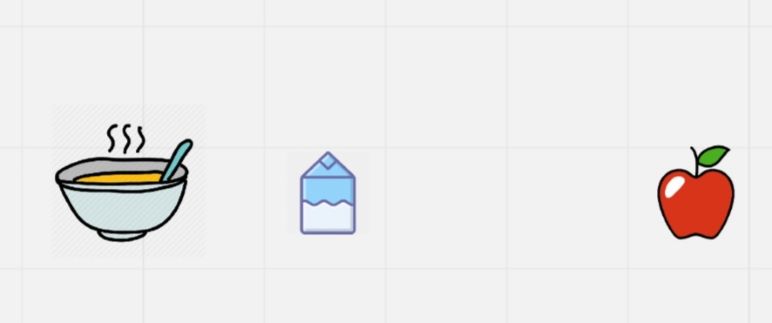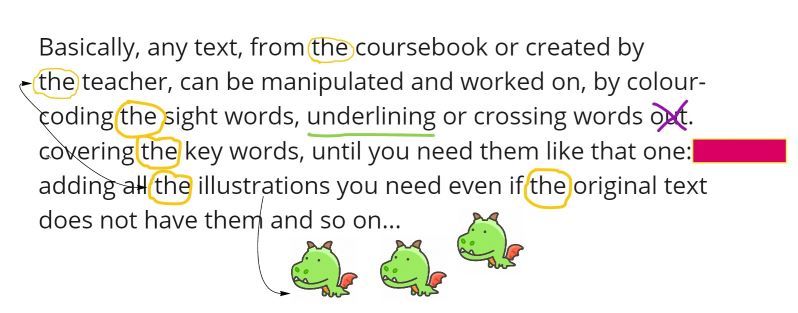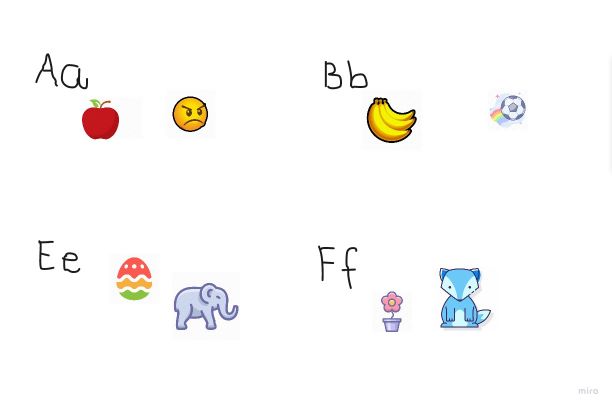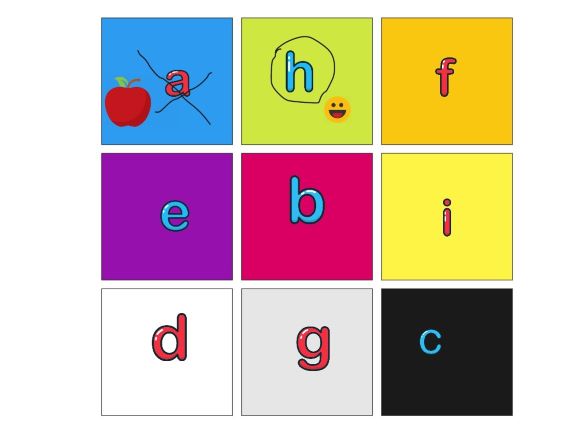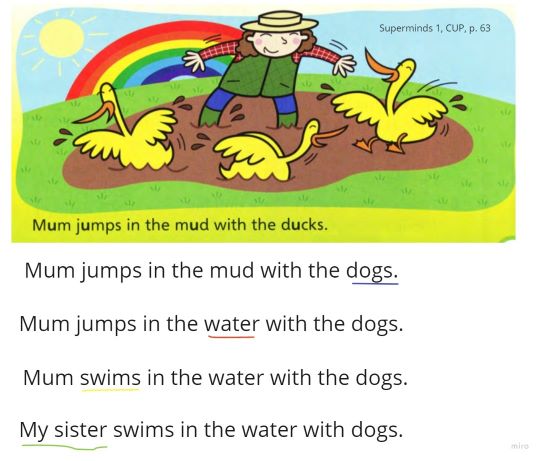
A while ago, I was teaching my first teens group in Moscow, an amazing bunch of students that I had a privilege to take from A2 to FCE and that I referred to as ‘my monsters’, though never to their face. And this is how this project came to be.
It could be called an attempt at a CLIL lesson. It could be said that the not-yet-dead-historian in me was behind that project but the truth is that, at the time, I was simply bored out of my wits the coursebook we were ploughing through and I wanted something else.
And, inspired by Kenneth McHoan, a character from the Crow Road by Ian Banks and one of his lines (‘He is my son. I’ll fill his head with anything I like’), I decided to teach Art.
The lesson that I am sharing today is the first in the series of ten lessons ‘How to see…’ that I taught as part of our general English course. The group that I trialled it with were B2 young teens but, since then I had a chance to teach it both to adults and pre-teens, C1 and end of A2 levels.
Why we liked it:
- I had lots of fun, accompanied in the classroom by my favourite artists.
- I did enjoy the change, in the curriculum and the pace, and it did feel great to be teaching a subject, in English, not just the language.
- The students did enjoy it, too, being given a chance to have an opinion and to express it, freely and the fact that one painting could generate so many different views.
- Last but not least: although it did not happen overnight, I did realise that when my students were given a chance to talk about Art, all of a sudden, they were using the vocabulary from a higher shelf and really working hard on communicating what they thought in a beautiful way.
Lesson 1: How to see a city
Language focus
Aim: to introduce the language and the approach the students will need to be able to deal with the task. Normally introduced in the lesson beforehand, to allow sufficient time for practice and to make sure the students feel relatively confident using in the Art lesson itself.
- language to express opinion / to agree / to disagree
- expressing opinion: I think, In my opinion. The way I see it.
- agreeing: I think so. I agree. Exactly. That’s true.
- disagreeing: I don’t think so, I don’t agree. I am not sure.
- Three sheep: the name I gave to a trick I learnt from Rafael, to teach your students how to construct their discourse, how to express and justify opinions, even for the lower level
- Sheep 1: the opinion itself (I think)
- Sheep 2: reasons etc (because, so, and, but)
- Sheep 3: an example from the real life
Setting the context
Aim: to help set the context for the Art lesson
- T shows the students a few photographs from New York
- Questions to discuss
- What can you see in these photographs? Do you know the city?
- What is New York famous for?
- Have you ever been there? Have you seen any films set in New York? Have you read any books set in New York?
- Is New York similar to or different from Moscow? Is it similar to or different from any other cities you know?

Interacting with the artwork: stage A
Aim: to provide an opportunity for the students to interact with the painting in a freer way, to provide opportunities for speaking
- T divides the students into two groups and assigns a painting, group A to work on Frida Kalho’s painting, group B to work on Georgia O’Keefee’s painting
- Each group can be divided into pairs, depending on the group dynamics
- The students are discussing their painting, answering the following questions:
- What can you see in the painting?
- Is it a happy / sad / angry / depressing / scary painting? Why?
- In your opinion, how did the artist feel about New York? Did they like the city they lived in? What makes you think that?
- Could this image be used in tourist brochures to promote the city? Would it make a good postcard or a souvenir?
- How does the painting make you feel? Would you like to have it on the wall in your room? Where could it hang, in an office, in a hospital, in a shop or in a museum?

Interacting with the artwork: stage B
Aim: to provide an opportunity for the students to interact with both paintings
- T mixes the students so that students from group A can work with students from group B, in groups or new pairs
- Students show each other their painting and report their personal and their group’s opinions
- T gives out new questions for the students to discuss
- Which of these two paintings do you like more? Why?
- Both of these paintings show New York in a very different way. Why do you think these artists had such a different view of the same city?
Open class feedback
Aim: to report back to class, to compare views
- T leads the open class discussion, all the groups present their views, focusing on the two different ways to portray the same city. The teacher reveals that both paintings were painted at approximate the same time (1933 and 1925)
- Error correction
The mini-lecture
Aim: to present the background information to provide the background for both paintings
- T gives a short lecture, adapting it to the level and the age of the students, highlighting the main points
- Both painters were not New Yorkers by birth, they came to the city with their husbands, one from exotic Mexico, the other from a small town in the prairies in Wisconsin.
- Frieda felt alienated in the city, she didn’t like it, she missed home, she stayed only to accompany her husband
- Georgia lived with her husband, in Manhattan, on the 30th floor, in Hotel Shelton and painted and sketched what she saw from her window.
- Perhaps these are the factors that influenced both artists.
- Questions from students
- Error correction
The follow-up
Aim: to give the students an opportunity to look at their own city and reflect on how their feelings might influence the way they see the city
Part A
- T divides the students into new teams / groups of 3
- Students discuss the following questions about Moscow / own city:
- Do you like Moscow? Is it a good city? Would you like to live here in the future?
- What are the main tourists’ attractions?
- What are your favourite places in the city?
- If you could change something in the city, what would it be?
- Open class feedback
Part B
- T gives out different paintings / photographs of Moscow / own city
- Students discuss the following questions
- Look at these three different ways of showing your city in a painting/photograph. Which one is the best? Why? Which one is your least favourite?
- If you painted a picture of the city or if you were to take a photo to represent it, what would you include?
- Open class feedback
- Error correction
The follow-up: homework
Aim: to present an alternative way of looking at a city: through its inhabitants
Option A: Based on the photographs by Stan Raucher who photographs people on the metro in different cities
- T selects the photographs / a photograph, appropriate for the age/ level of the students, hands out
- SS at home prepare to talk about the photograph
- Who are the people in the photograph?
- What are they doing?
- What are they wearing?
- How are they feeling?
- Where are they going?
- Which city are they from? Why do you think so?
Option B: Based on the stories from Humans of New York, a project that interviews the people in the streets of New York and retells their storiesT selects the story/stories, appropriates for the age/level of the students, grades the language, if necessary, hands out to students
SS at home read the story and prepare to talk about their character:
- What is the name of the person?
- Where is he/she from originally?
- What does he/she do?
- What do we know about this person?
- What makes this person special?
- Would you like to meet this person?
In the following lesson, students report back, in pairs/teams and they choose the most interesting story / person / photograph.
Resources:
Frida Kalho, My dress Hangs there, 1933
Image and the basic information about the painting:
https://www.fridakahlo.org/my-dress-hangs-there.jsp
For more information on Frida Kalho see:
https://en.wikipedia.org/wiki/Frida_Kahlo
https://www.wikiart.org/en/frida-kahlo/my-dress-hangs-there-1933
https://worldhistoryproject.org/1933/3/frida-kahlo-paints-my-dress-hangs-there
Georgia O’Keefee, New York Street with Moon, 1925
Image and the basic information about the painting
https://www.museothyssen.org/en/collection/artists/okeeffe-georgia/new-york-street-moon
https://www.wikiart.org/en/georgia-o-keeffe/new-york-with-moon
For more information on Georgia O’Keefee see:
https://en.wikipedia.org/wiki/Georgia_O%27Keeffe
https://www.artsy.net/artwork/georgia-okeeffe-new-york-street-with-moon
Yuri Pimenov, New Moscow, 1937
Image and the basic information about the painting
https://izi.travel/en/3185-yuriy-pimenov-new-moscow-1937-the-state-tretyakov-gallery/en
https://en.opisanie-kartin.com/description-of-the-painting-by-yuri-pimenov-new-moscow/
For more information about Pimenov https://soviet-art.ru/soviet-artist-yuri-pimenov/
Stan Raucher
Stan Raucher’s photography https://stanraucher.com/metro
Humans of New York
